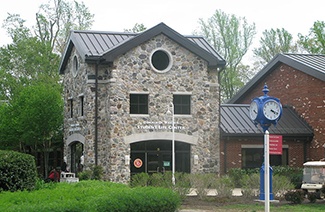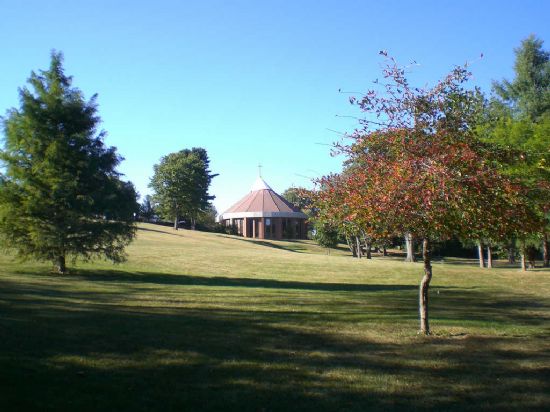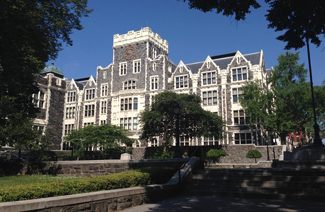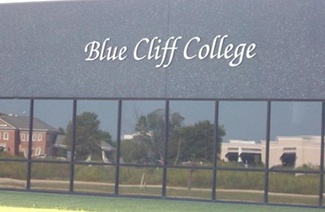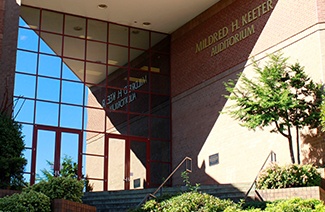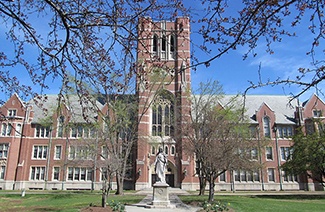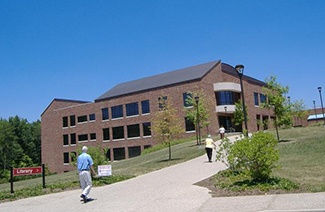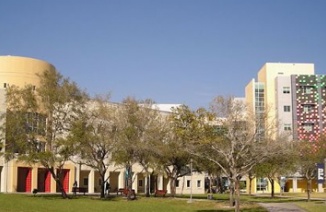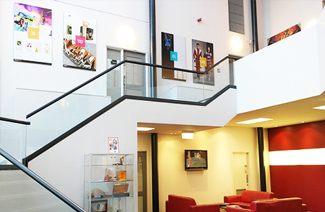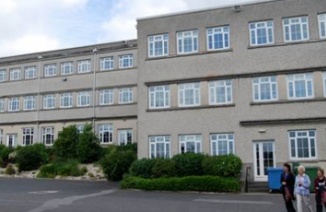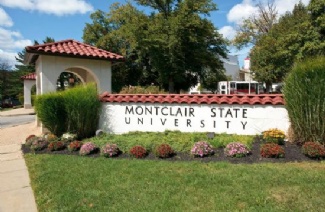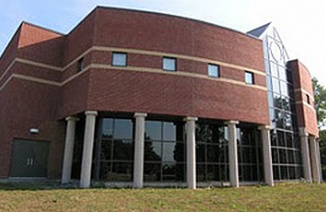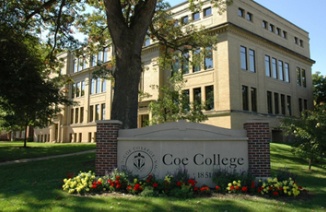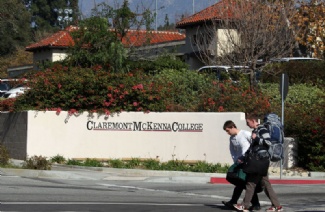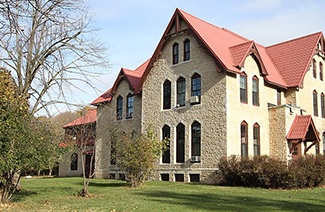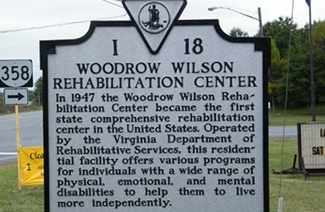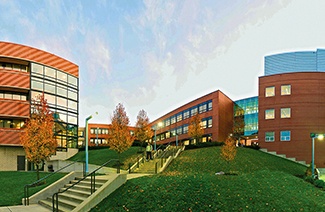现在大家在进行
TPO53托福阅读Passage2原文文本
Sounds In The Film
Listen to part of a lecture in a film studies class.
Professor: Nowadays we take sound in films for granted. I mean you still might see black and white films occasionally. But you'll hardly ever see silent films anymore.
So it's interesting to note that the use of recorded sound was originally controversial. And some directors, uh, some filmmakers even thought it shouldn't be used, that it would destroy the purity of cinema, somehow reverse all the progress that had been made in the art of cinema. Abby?
Abby: What about all the sounds you hear in some silent movies? Like, you know, a loud sound when somebody falls down or something?
Professor: Okay, you're talking about a soundtrack added much later, which has over time become part of the film we know. But this recorded track didn't exist then.
And it's not that most people didn't want sound in films. It's just that the technology wasn't available yet. Don't forget that instead of recorded sound, there was often live music that accompanied movies in those days, like a piano player or a larger orchestra in the movie theater.
Also, think of the stage, the live theater, it has used wonderful sound effects for a long time. And if wanted, these could be produced during the viewing of a film. You know, the rolling of drums for thunder or whatever. But that wasn't as common.
Oh, and another thing, that they might have in movie theaters in the early days, was a group of live actors reading the parts to go along with the film, or, and this seems a particularly bad idea to us now, one person narrating the action, an early example of a long tradition of movie producers, the ones concerned mostly about making money, not having much confidence in their audience, thinking that people somehow couldn't follow the events otherwise.
So, it finally became possible to play recorded sound as part of the film in the 1920s. Trouble was, it wasn't always used to very good effect. First it was, you know, amazing to see somebody's mouth move at the same time you hear the words, or hear a door close when you see it closing on screen.
But that luster wears off, of course. And if you're a director, a filmmaker, what's the next step?
Abby: Well, you sound to enhance the movie right? Bring something more to it that wasn’t possible?
Professor: Yes. That’s exactly what directors, who were more interested in cinema as art, not commerce, were thinking.
But they also predicted that there would be a problem that sound would be misused and, boy, was it ever.Because the commercial types, the producers and so on, were thinking, “Okay. Now that sound is possible, let's talk as much as possible and forget about the fact that we're making a movie, that we have this powerful visual medium.”
So many of the films of the twenties were basically straight adaptations of successful shows from the stage, theatre. The name they used for sound films then was “talking films” and that was on the mark, since, well, all they pretty much did was talk and talk.
So, remedy? Well what was proposed by a number of filmmakers and theorists was the creative expressive use of sound, what they generally called nonsynchronous sound.
Okay, synchronous sound means basically that what we hear is what we see. Everything on the soundtrack is seen on the screen. And everything was recorded simultaneously, which… Well, since the sound technicians working on films often had experience with live radio that made sense to them. Recording the sound separately and adding it in afterward? Well, that idea was less obvious.
Anyway synchronous sound means the source of the sound is the image on the screen.Nonsynchronous sound then is…
Abby: The sound doesn't match the picture?
Professor: Right. Now we can look at this in various ways. But let's take it as literally as possible.
Music, unless we see the radio or the orchestra, that's nonsynchronous. If the camera shot is of the listener rather than the speaker that's nonsynchronous. If we hear, say, background sounds that aren't on the screen, that's nonsynchronous.
So, that doesn't seem so radical, does it? But again, those early producers didn't think their audiences could keep up with this.
Abby: Excuse me, but did you say earlier that some filmmakers actually advocated not using sound at all?
Professor: Well, yes. But that was a bit of an exaggeration, I guess. What I meant to say was that some filmmakers thought that the way the film sound was actually used was setting the art of filmmaking back.But everyone agreed that sounds solved some very difficult issues and offered potentially exciting tools.
TPO53托福阅读Passage2题目
Question 1 of 5
What is the lecture mainly about?
A. The influence of theater on early sound films
B. Conflicting views on uses of sound during the early days of sound films
C. The great progress in cinema after the development of sound
D. Viewer reactions to early sound films
Question 2 of 5
According to the professor, what types of sound were used in silent film theaters? Click on 3 answers
A. Live music performed in the theater
B. Sound effects created in the theater
C. Recorded sound tracks played with the film
D. Live narration during the film
E. Musical entertainment offered before the film
Question 3 of 5
What is the professor's attitude toward early movie producers?
A. He is critical of their influence on films.
B. He thinks they had little influence on films.
C. He thinks they understood what audiences wanted.
D. He acknowledges that they made progress possible.
Question 4 of 5
According to the professor, what was characteristic of sound films in the 1920s?
A. Dialogues between characters were kept to a minimum.
B. Many films were closely based on theater plays.
C. Musical sound tracks were added to most films.
D. Sounds were recorded separately and added to films later.
Question 5 of 5
What is an example of synchronous sound in a film?
A. A character hearing a train that is not visible
B. A past conversation being replayed in a character's mind
C. A character playing guitar and singing on screen
D. A song playing at the end of a film as credits appear on the screen
TPO53托福阅读Passage2解析
正确答案:B
题目解析:本题定位到原文:So it's interesting to note that the use of recorded sound was originally controversial. 此处原文的大意是:我们不妨来说说声音最开始应用的时候是怎样有争议的。 题干问的是这个讲座的大意是什么。 选项A的意思是电影院对于早期有声电影的影响,选项B的意思是早期有声电影的声音使用中的争论,选项C的意思是在声音发展之后电影的巨大进步,选项D的意思是观看者对于早期有声电影的反应。只有选项B符合原文,其余三个选项都不合适。
正确答案:ABD
题目解析:本题定位到原文:And it's not that most people didn't want sound in films. It's just that the technology wasn't available yet. Don't forget that instead of recorded sound, there was often live music that accompanied movies in those days, like a piano player or a larger orchestra in the movie theater. ...... Also, think of the stage, the live theater, it has used wonderful sound effects for a long time. And if wanted, these could be produced during the viewing of a film. You know, the rolling of drums for thunder or whatever. But that wasn't as common. ...... Oh, and another thing, that they might have in movie theaters in the early days, was a group of live actors reading the parts to go along with the film, or, and this seems a particularly bad idea to us now, one person narrating the action. 此处原文的大意是: 1. 以前的电影不是不需要声音,而是技术没有发展到可以加进声音的程度,而且当时还有现场演奏; 2. 剧院里已经使用了很好声音效果很长时间了; 3. 电影播放现场会有配音演员现场发声; 题干问的是默片剧院会使用怎样的声音。 选项A的意思是现场音乐演奏,选项B的意思是剧院里创造出来的音效,选项C的意思是录制好的声音,选项D的意思是电影里的现场旁白,选项E的意思是电影之前的音乐演出。选项ABD符合原文。其余两个则不符合。
正确答案:A
题目解析:本题定位到原文:an early example of a long tradition of movie producers, the ones concerned mostly about making money, not having much confidence in their audience, thinking that people somehow couldn't follow the events otherwise. 此处原文的大意是:这一点很好地例证了当时绝多数情况下只顾挣钱的影片制作人,对自己的观众没信心,担心不这么做,观众就看不懂电影了。题干问的是教授对于早期电影制作人的态度。 选项A的意思是他对他们在电影上的影响持批判的态度,选项B的意思是他觉得他们没有影响电影,选项C的意思是他觉得他们能理解观众需要的东西,选项D的意思是他认为他们可能会有进步。只有选项A合适,其余三个选项均不符合原文。
正确答案:B
题目解析:本题定位到原文:So many of the films of the twenties were basically straight adaptations of successful shows from the stage, theatre. 此处原文的大意是:因此,20年代的电影基本上都是直接从舞台(也就是剧院)里成功的戏剧直接转换过来的。 题干问的是二十世纪二十年代有声电影的特征是什么。选项A的意思是角色之间的对话最少,选项B的意思是很多电影是紧紧基于戏剧的,选项C的意思是音乐被添加到了大多数电影里,选项D的意思是声音被单独录制然后后期加进电影里。选项B合适原文,其余三个选项均不合适。
正确答案:C
题目解析:本题定位到原文:Music, unless we see the radio or the orchestra, that's nonsynchronous. If the camera shot is of the listener rather than the speaker that's nonsynchronous. If we hear, say, background sounds that aren't on the screen, that's nonsynchronous. 此处原文的大意是:除非我们看到无线电或者管弦乐队,音乐就是“非同步声”。如果摄像机拍到的是听众,而不是演讲者,那就是“非同步声”。如果我们听到的不在屏幕上的背景音,那就是“非同步声”。 题干问的是同步声的例子是哪一个。 选项A的意思是角色听到火车声但看不到火车,选项B的意思是过去的对话在角色脑海中重现,选项C的意思是角色弹吉他唱歌,选项D的意思是片尾曲。只有选项C符合原文,其余三个选项不符合。
以上就是小编为大家整理了TPO53托福阅读Passage2原文文本+题目+答案解析,大家可以边借助TPO模考软件听音频看看自己哪些地方听不懂,然后来看看原文,同时对练习托福听力精听也是很有帮助的。最后,小编预祝大家托福考试能取得理想的成绩。
